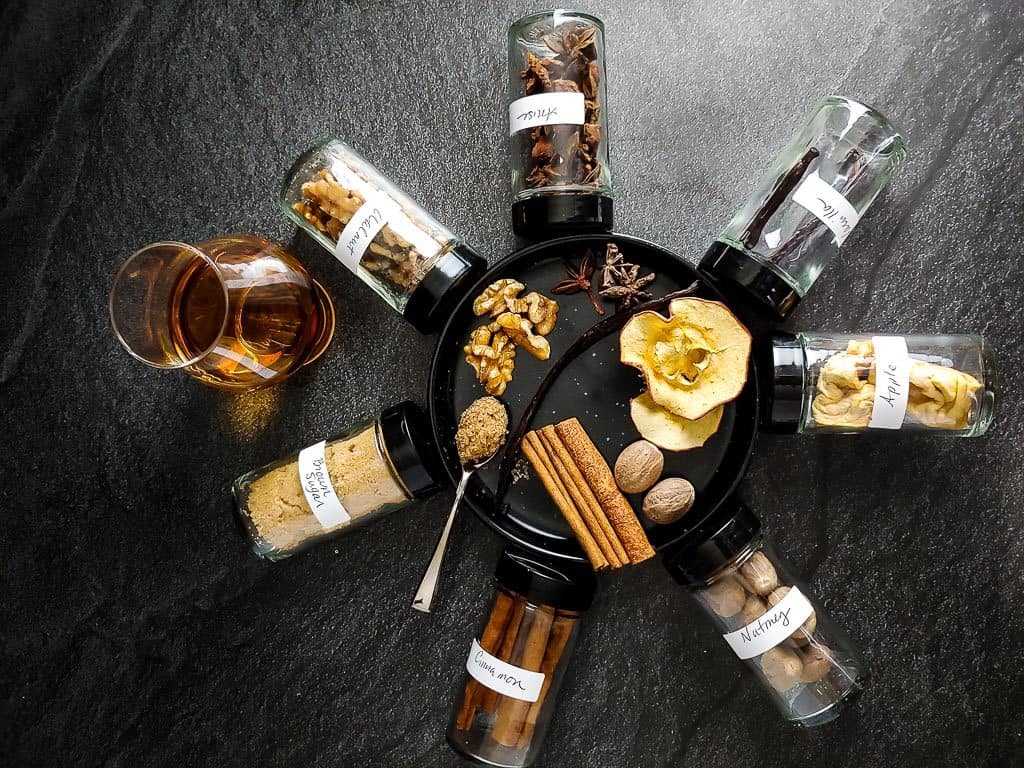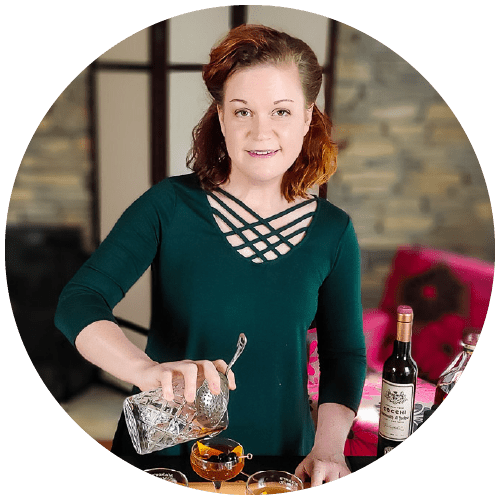
Train Before You Trail: How to Train Your Senses for the Ky Bourbon Trail® Tour (Part 2)
The Kentucky Bourbon Trail® adventure is about more than just tossing back a few ounces at distilleries. If you want to truly experience the wonders of America’s native spirit, take some time to train for the experience. You wouldn’t head to a marathon without training beforehand, would you?
Rather than training the body, we’re training the senses – getting the brain wired to evaluate smells and tastes associated with Bourbon. And the easiest way is through smell. Head back to part 1 if you still need to Build Your Own Bourbon Sensory Kit.
By now, you’ve created your own nosing kit and you’ve got your KBTTM adventure planned. If you’ve been practicing with the nosing kit, training up to a weekend (or week) on the KBTTM is a piece of cake. I’ve broken your training up by weeks, but use whatever schedule works best for you and your friends.
Your Kentucky Bourbon Trail® Training Regimen
The best way to get better at nosing is to practice. Remember that the more you practice the better you will be at finding scents and associations in each whiskey you experience.
Keep in mind that your palate and your nose is your own. No one else will smell the exact same thing from a whiskey as you do. While there will likely be commonalities, don’t worry if you’re the only one getting black pepper out of a whiskey. There are likely a few other people in the tasting who may be getting the same thing, but just aren’t shouting it out. And you saying it may jog their sense memory and help them recognize it.
Perhaps I should mention here: don’t try to do sensory training while smoking, wearing cologne, perfume, or scented lotions. If you need to “reset” your nose, take a sniff of the back of your own hand, or a whiff of some coffee beans. Both will help reset your sniffer.
Week one: Create the Kit
Start training with your sensory kit. Put the kit together according to Part 1 of this series and start to become familiar with all the scents. Make sure you train in an area without a lot of extraneous smells. Nosing in the kitchen while someone is baking or cooking is not ideal.
Take out each container one by one and pass it underneath your nose. Note what kind of sense associations you have with particular smells. Think about foods or memories that you recall while concentrating on that scent. More on nosing in Part 1 of the series.
If you’re not getting much from the container, put the lid back on and shake it lightly. The friction creates a little heat and will encourage more of those aromatics to waft out of the container as you nose them. Just be careful if your containers have ground spices in them.
Once you feel comfortable with most of the items in the kit, it’s time to level up.
Week 2: Nose blind
It’s getting serious. Can you identify all the scents in the kit?
To nose blind, you can have someone else hand you the containers one at a time while you’re blindfolded. Or you can wrap some paper around the glass containers to obscure what’s in them. You might still have a hint from shaking the container a bit, but it will still be blind.
Nose once a day until you can. There may be some scents that you won’t be able to distinguish between. I have problems distinguishing cloves from allspice. You might have difficulty telling brown sugar from caramel.
Just because you have issues with some scents doesn’t mean you can’t nose whiskey. It may just mean that those smells don’t have strong sense and memory associations to you. Keep coming back to them over time and they’ll become more and more familiar.

Week 3: Nosing Bourbon with the Kit
Break out the Bourbon! Use your favorite nosing glass. Some prefer the Glencairn glass, others a rocks glass, and still others a tulip-shaped stemmed glass. Pour and start to nose the Bourbon.
As you nose the Bourbon and the scent of it wafts to your nose, think about what it smells like, and what it reminds you of. Make note of any sense memories that come up while you’re nosing it. Jotting down notes while evaluating a Bourbon helps you remember what you’re perceiving and jogs your memory later as you review your notes on the whiskies you’ve tried.
Compare the scents you find in the Bourbon to those in the sensory kit. If you think you’re getting caramel, open the caramel container and take a whiff. Nose the Bourbon and see if that matches what you’re getting. Perhaps it’s more of a maple flavor or brown sugar instead?
Sometimes it helps to have a flavor wheel or a list of common aromas in Bourbon next to you as you sip.
If you’re stuck on a scent you can’t identify, go through the kit to help identify it. Sometimes you’ll get a category rather than a specific. You may just get “nutty” rather than pecan or walnut. To perceive notes of one nut or another, get samples of some toasted nuts out and nose them, then compare to your whiskey.
Sometimes floral notes and medicinal notes can be hard to distinguish. Taking some time to review the scents you are most familiar with in addition to new ones will help you distinguish between them.
Do this nosing practice with one or two Bourbons each day. Go back and redo some Bourbons you tried earlier in the week to see if you get different aromas from them.

Week 4: Bourbon without the Kit
Do you have what it takes?
Put your kit away, get out your flavor wheel or flavor list and pour three of your favorite Bourbons. Nose the Bourbon and identify the aromas you’re getting from the whiskey. Identify two or three unique notes you get in each Bourbon that you don’t get in the others.
Sometimes comparing the nose on different Bourbons is far more enlightening than working with one Bourbon at a time. You may get more baking spices from one, oak and char from another, and mint or floral notes from a third. Make sure you’re returning back to each whiskey several times to see what you detect as you continue to nose.
Week 5: Bourbon Tasting
You’ve got the nosing down, and you’re getting multiple aromas on each Bourbon. Now we evaluate taste. Once you’ve poured and nosed a Bourbon or three, start to evaluate the taste of the Bourbon.
I’m sure you sipped each of the whiskies you tried last week after you finished nosing them, so this week is a breeze. You’ll just start taking notes on what you tasted.
I’ve found I don’t need a tasting kit if I have a nosing kit at hand. Taste is so closely tied to smell that I can use the same sense associations to evaluate the taste.
But flavor is about more than just taste.
In addition to flavor, evaluate mouthfeel. Some whiskeys are thick and creamy, others feel buttery and coat in the mouth. Still others feel thin or disappear quickly. Each experience is a data point in evaluating a whiskey.
Also note where in the mouth you’re tasting the flavors. While truly great Bourbons coat flavor all through the mouth (often called the palate), some concentrate their flavors in the back of the throat, or in the front of the tongue. Others are more perceptible on the sides of the mouth.
Finally, evaluate the finish. The finish is the sensation in the mouth and throat after the whiskey has been swallowed. For me, a great whiskey wraps your throat with a warm, coating sensation – perhaps with notes of oak, char, smoke, or sweet spices. My chest warms up, my throat tickles a bit and I get hints of flavors and aromas in a great finish.

The Final: Putting Your Training to the Test
Once you’re able to get different aromas and flavors from different Bourbons, and you feel confident in the basics, you’re ready to experience the Kentucky Bourbon Trail® to its fullest. Whether you are visiting the main trail members with their huge inventories and varied expressions, or the KBT Craft Tour with its smaller stills, experimental products and newer whiskies, understanding how to nose and taste Bourbon makes the experience richer and far more fun.
If you’re heading out with friends, take some time the night before to practice nosing some Bourbons you’ve brought with you to find different aromas and flavors – and break out your kit to help those who haven’t had time to train as you did. Show them how you’re able to find those flavors and let them play with the nosing kit and explore.
All of us who love Bourbon know one thing: Bourbon is always better when shared with friends. Cheers!

About Heather Wibbels, the Cocktail Contessa
Heather Wibbels, an award-winning mixologist and Chair of the Bourbon Women Board of Directors, is a digital content creator and photographer creating whiskey drinkers one cocktail at a time. Her creations can be found in Bourbon Plus, American Whisky Magazine, Drinkhacker, Insider, The Manual, Alcohol Professor, Food and Dining, and The Bourbon Review. Her book, Bourbon is My Comfort Food: The Bourbon Women ™ Guide to Fantastic Cocktails at Home, will be released May 2022. You can find her at www.cocktailcontessa.com, and @cocktail_contessa on Instagram.
